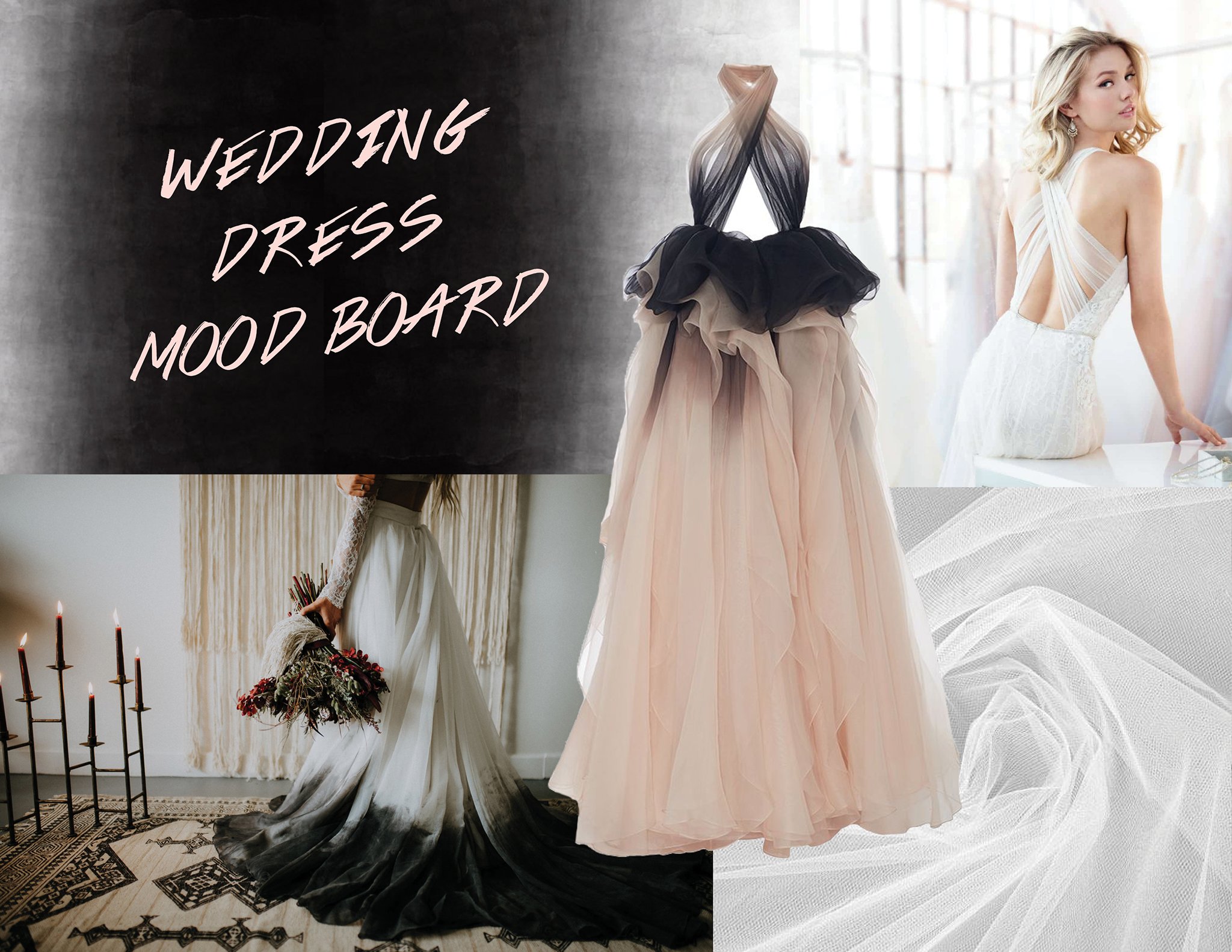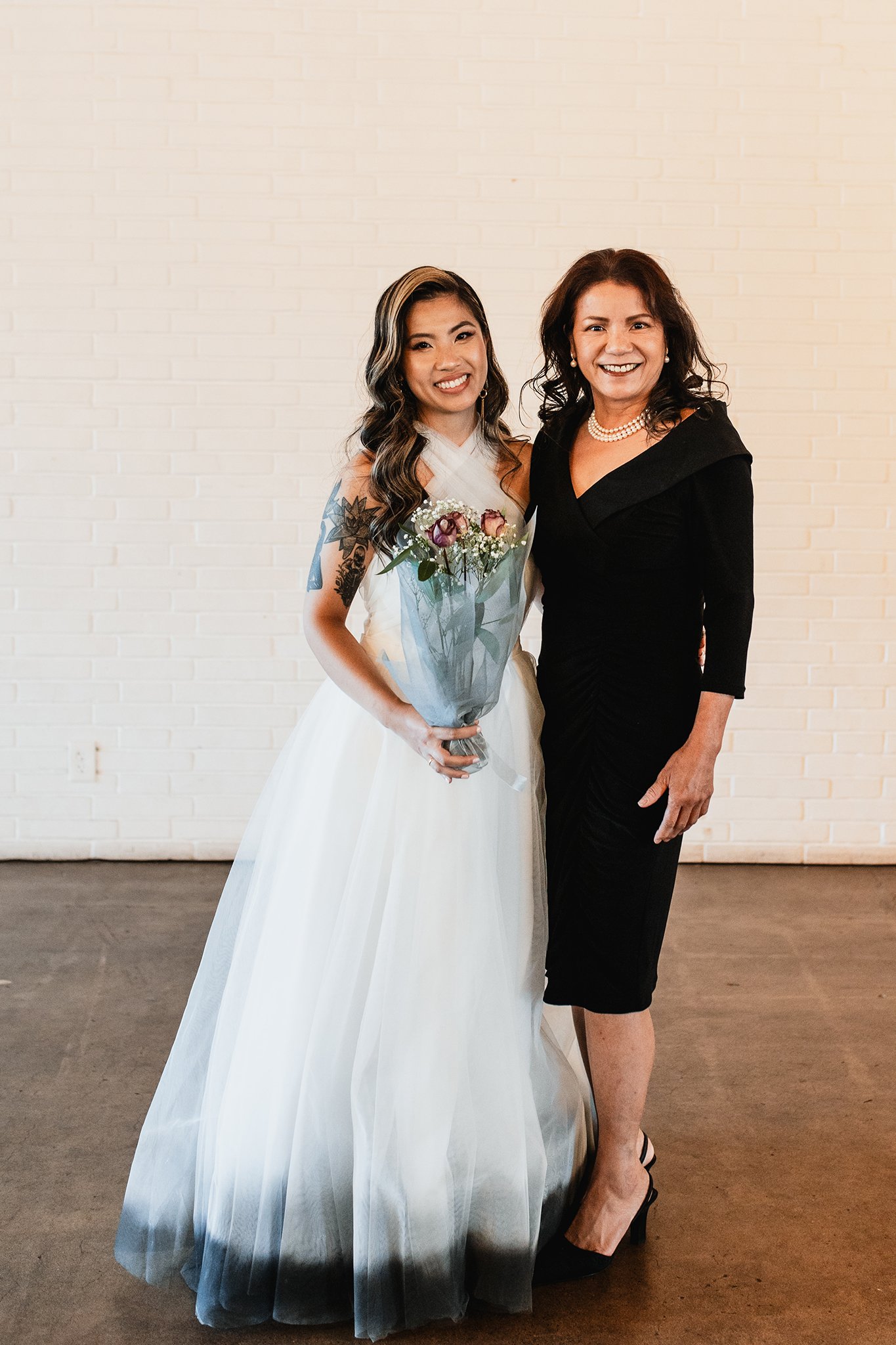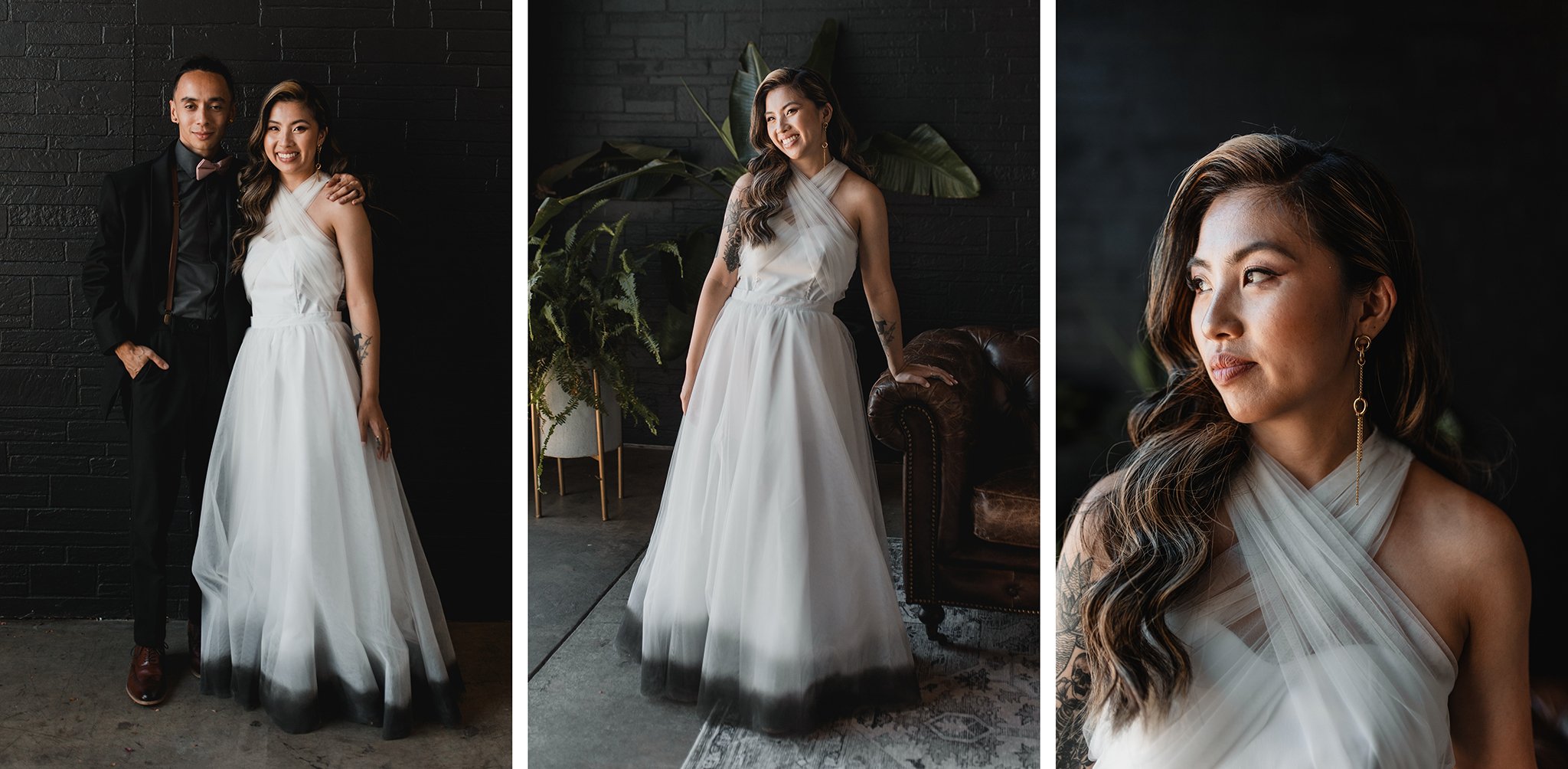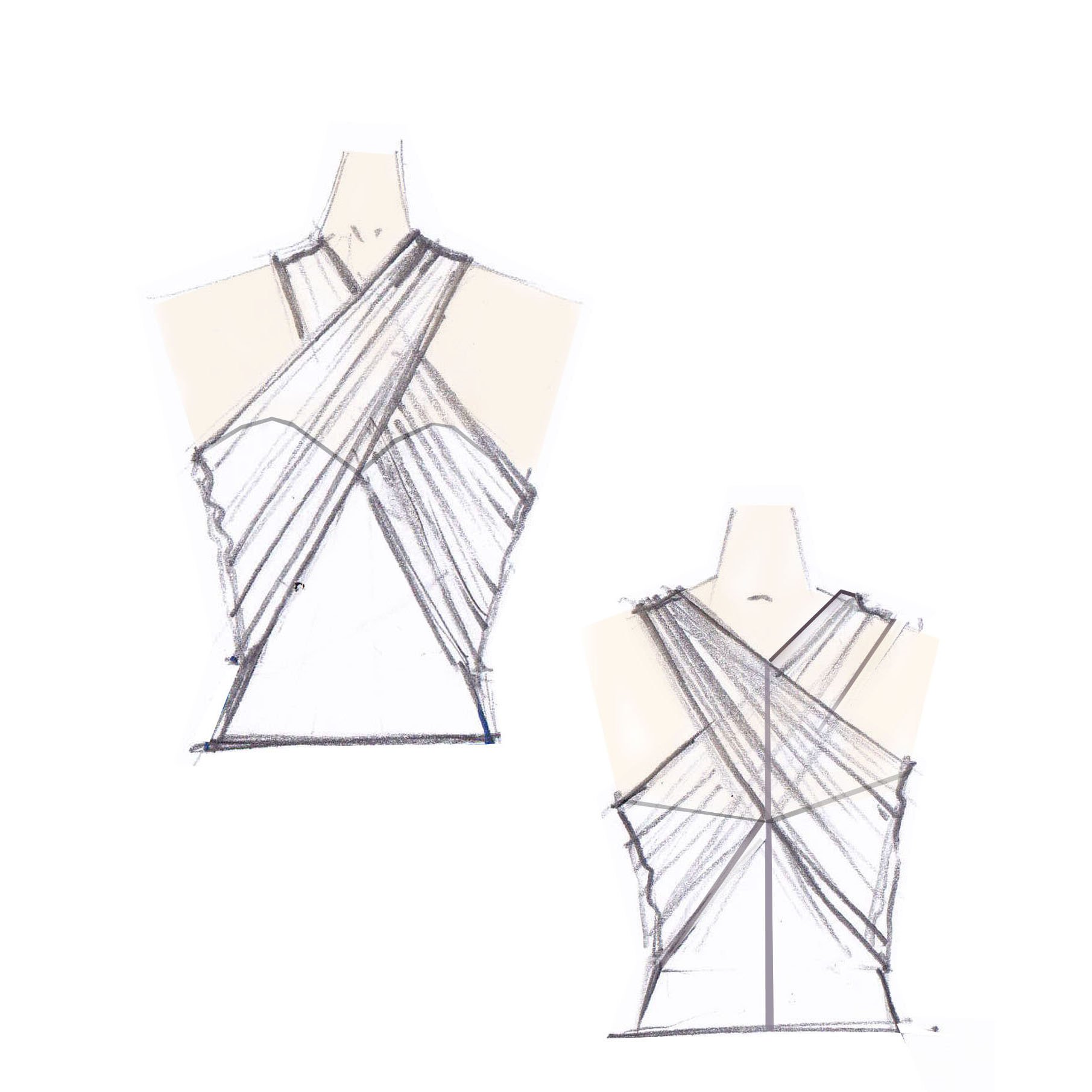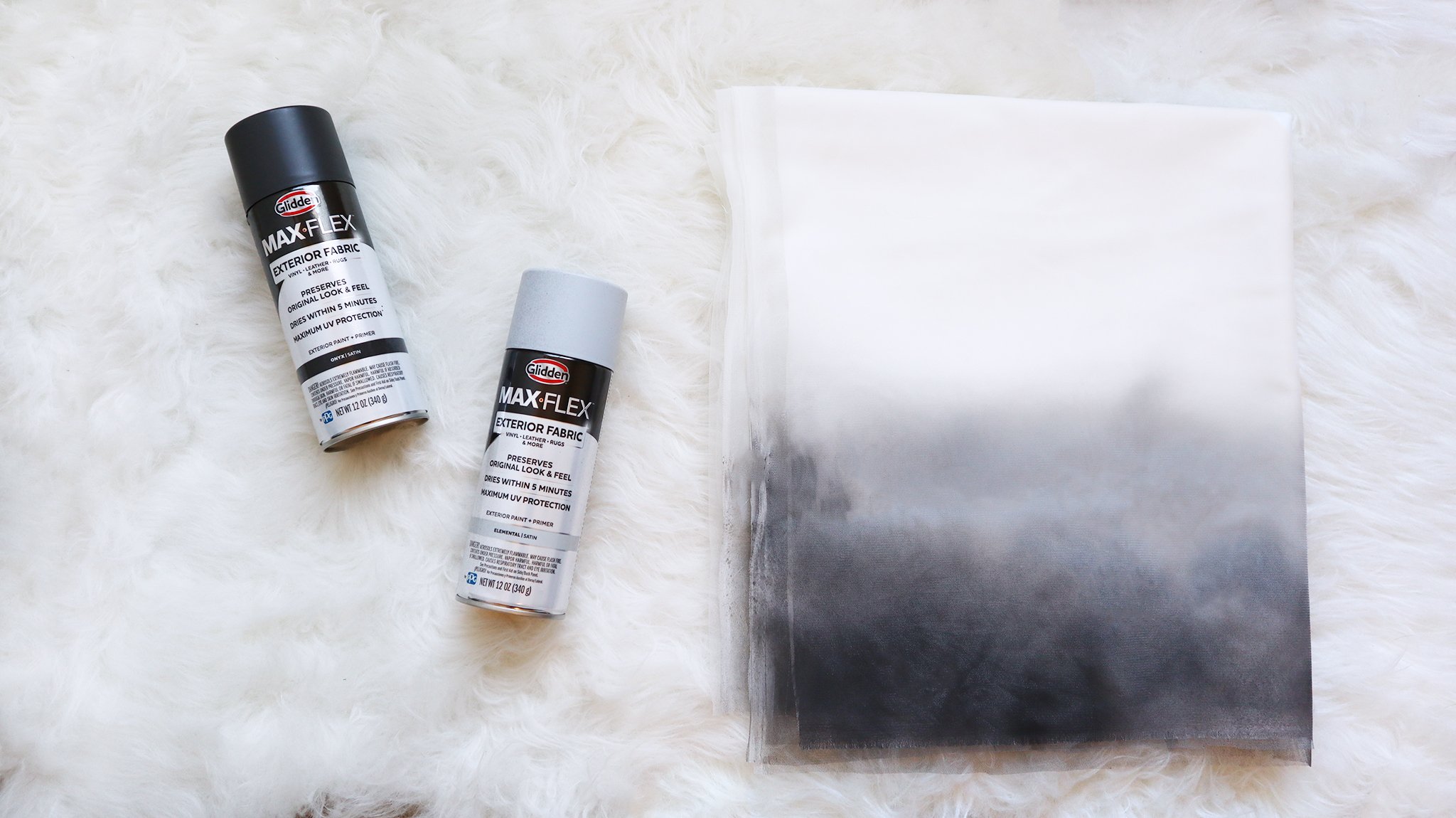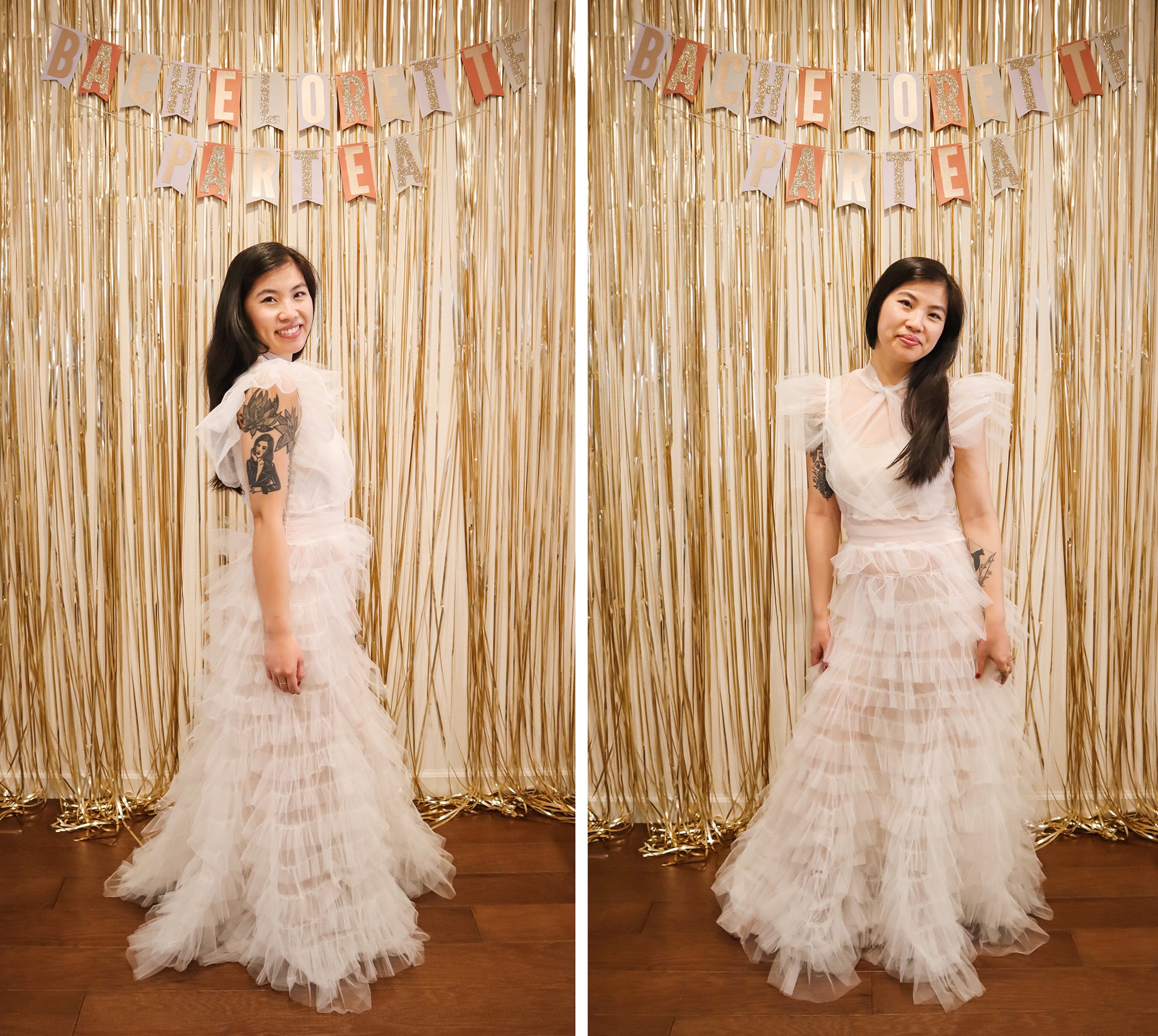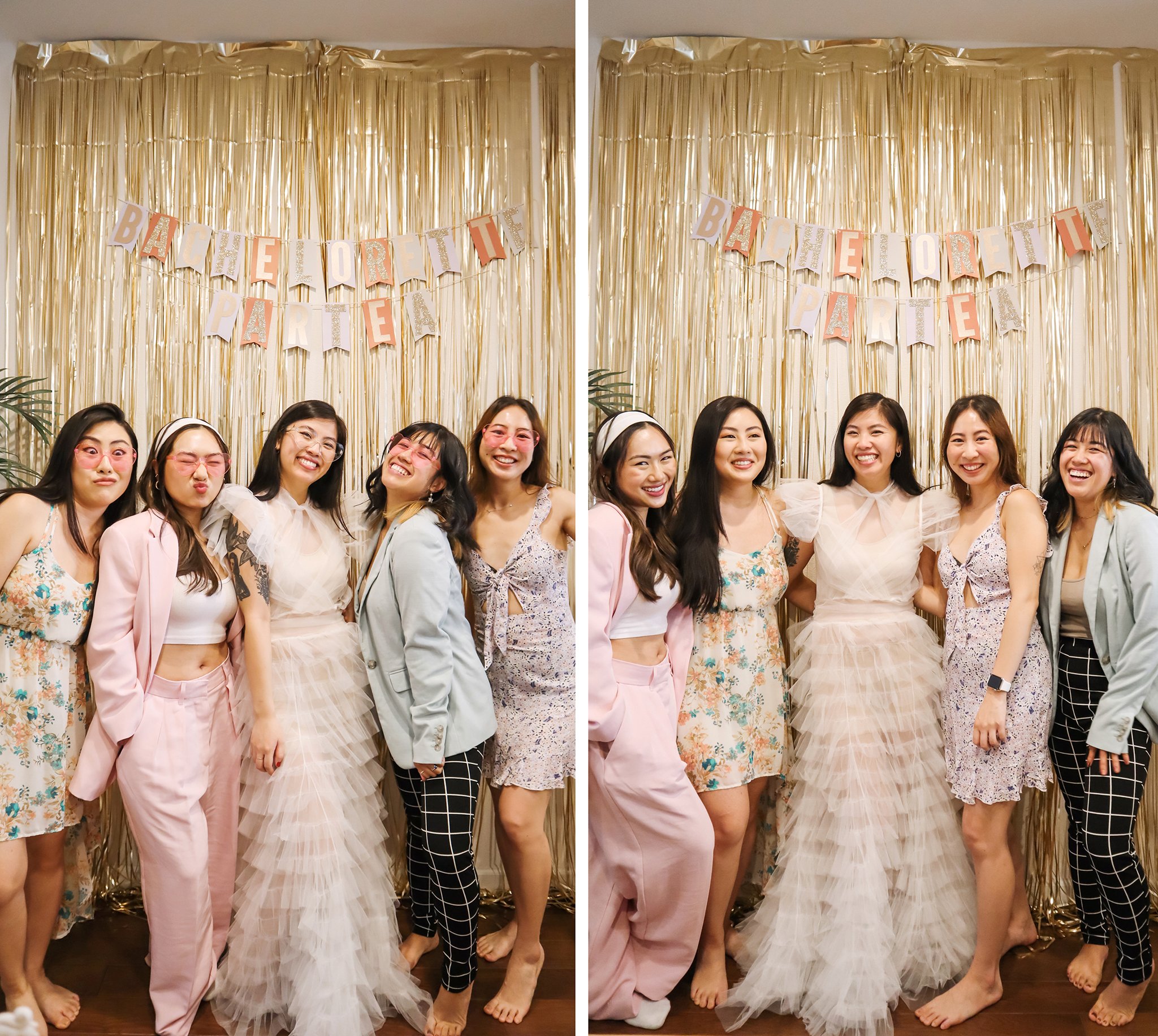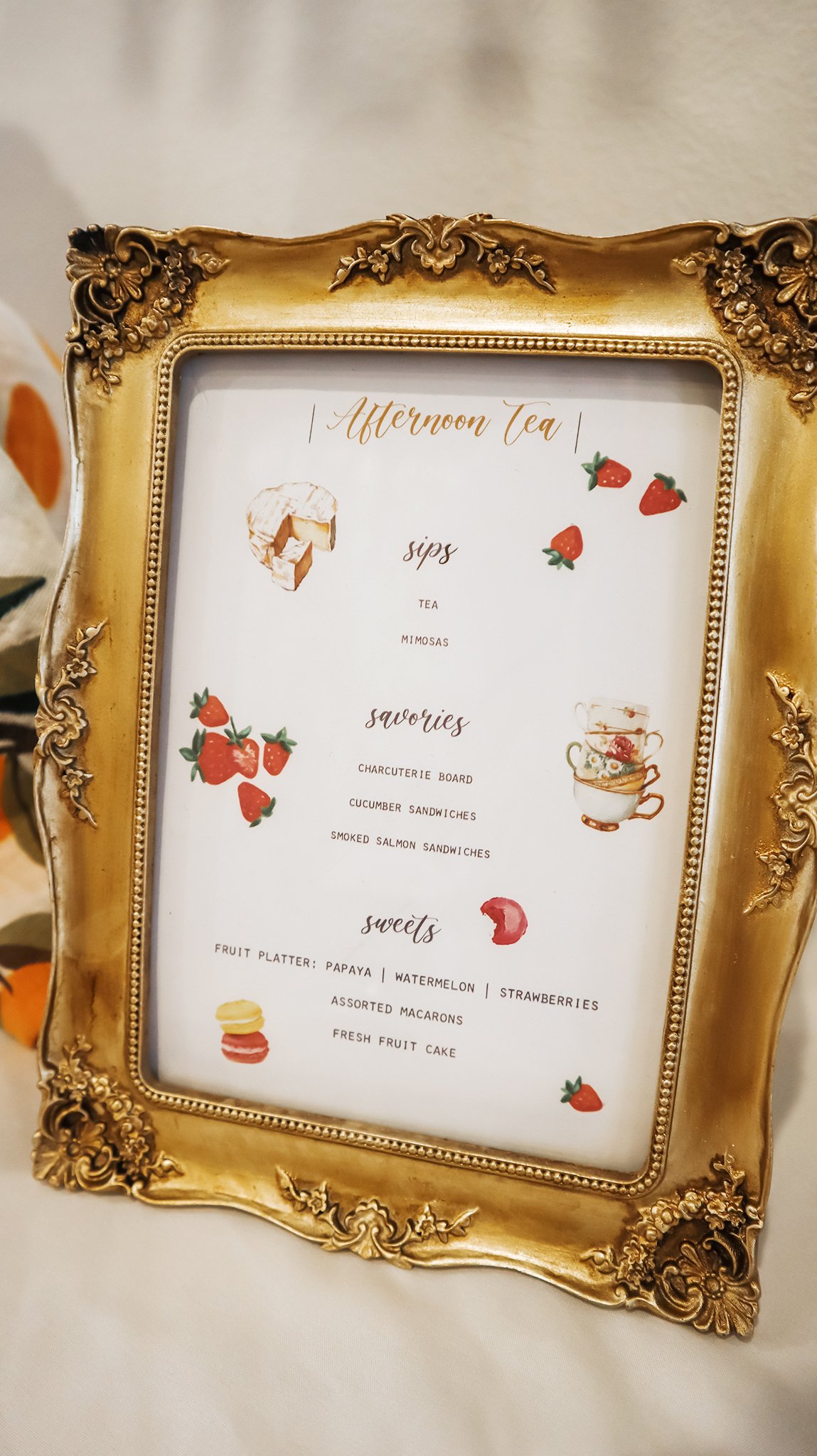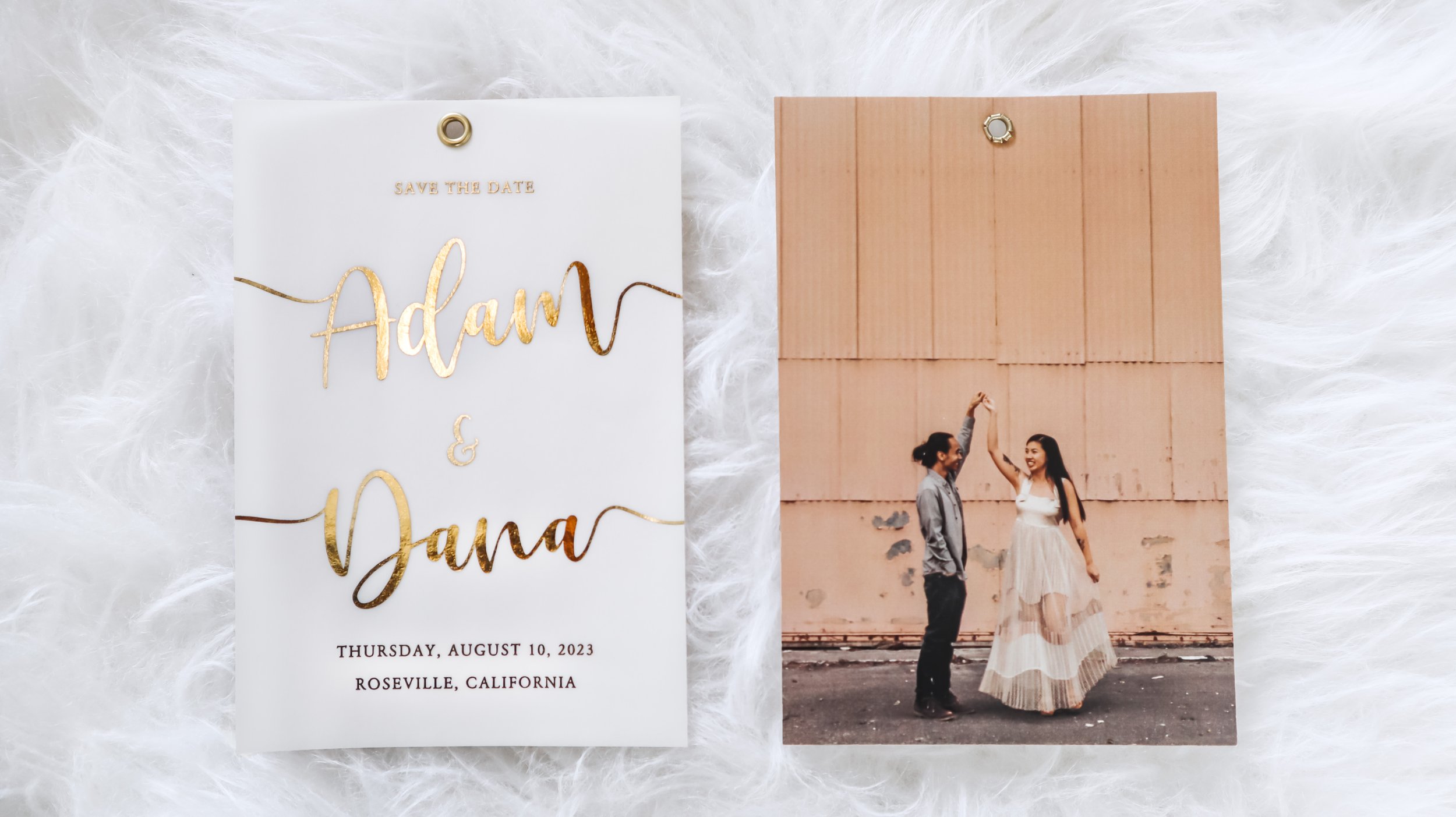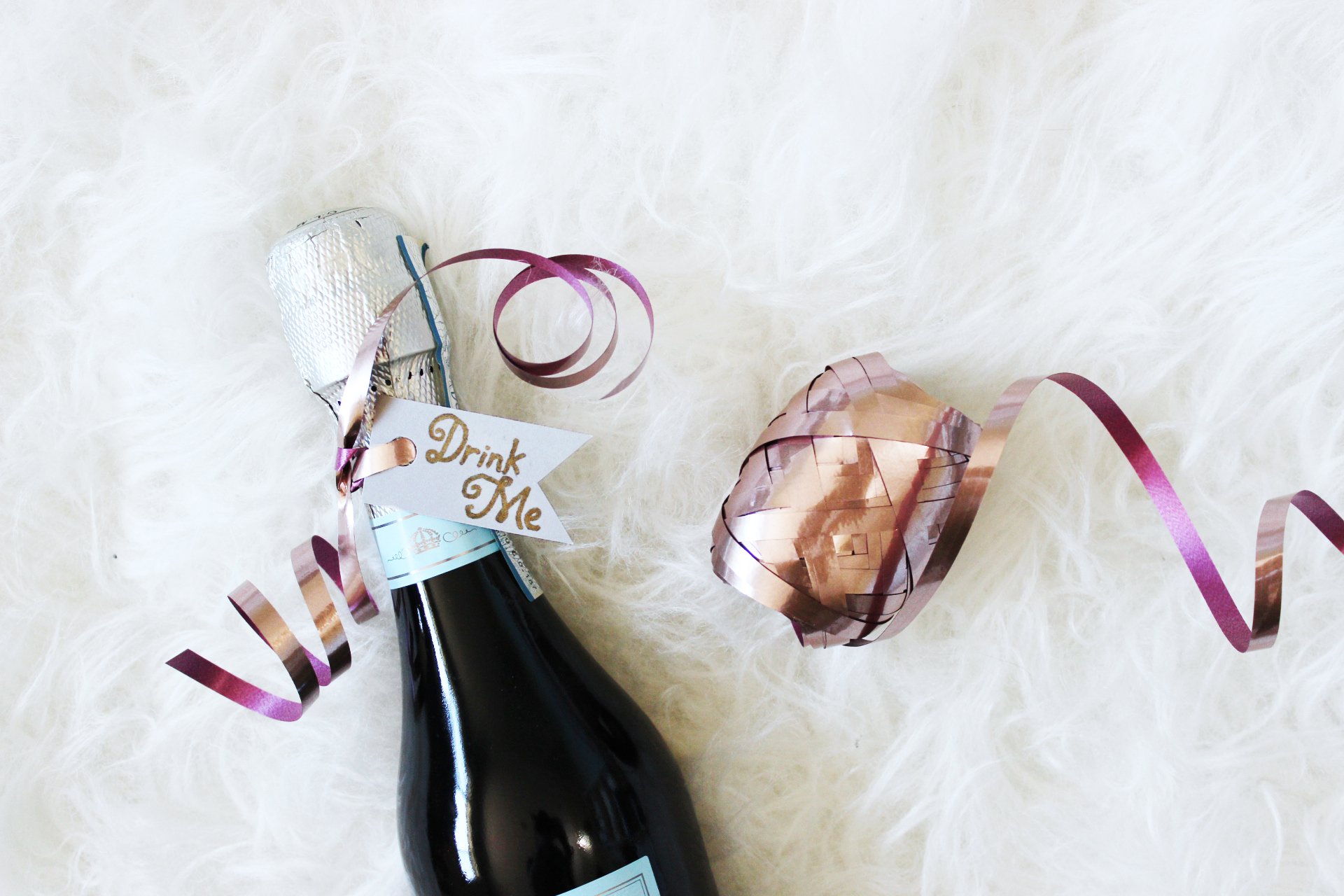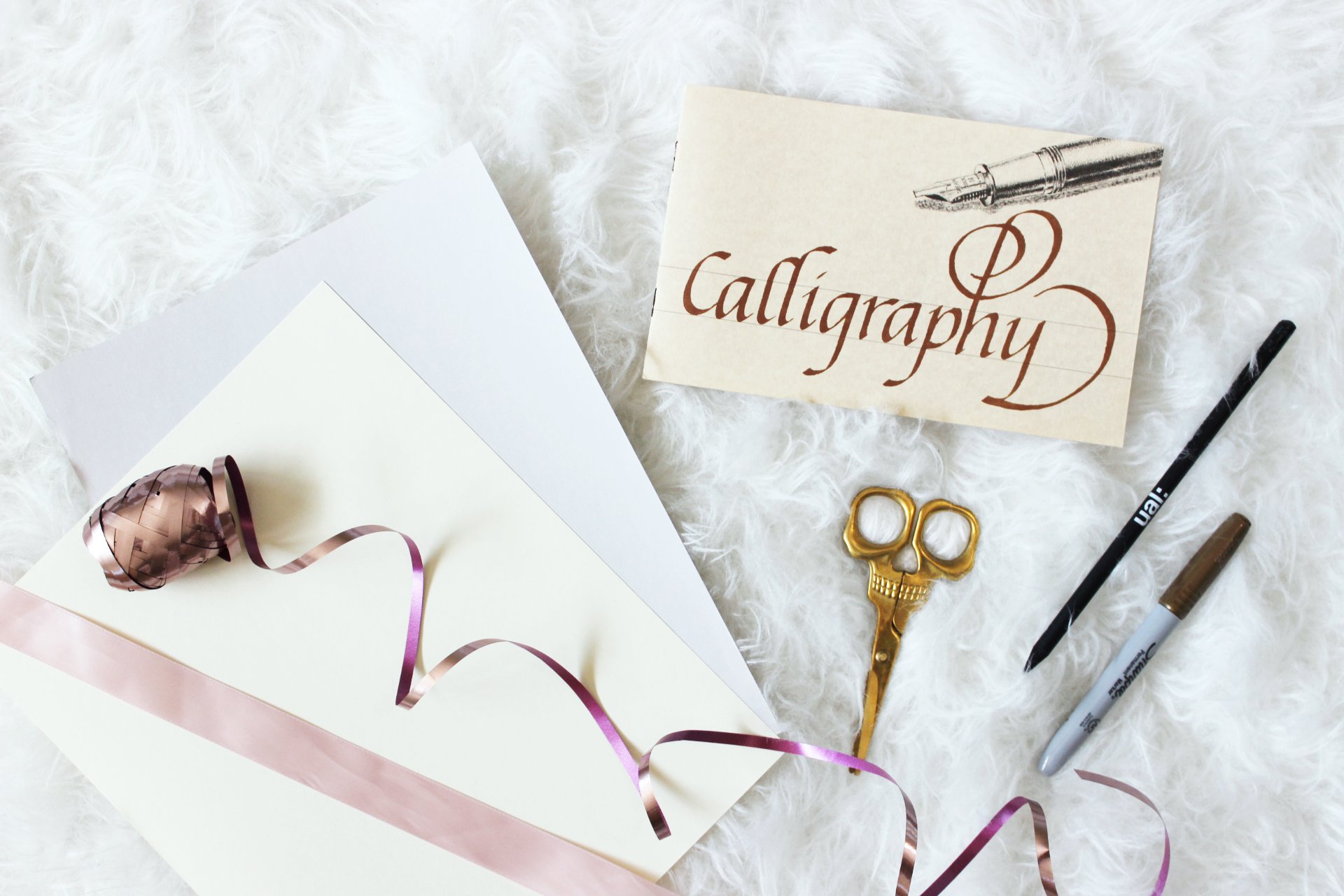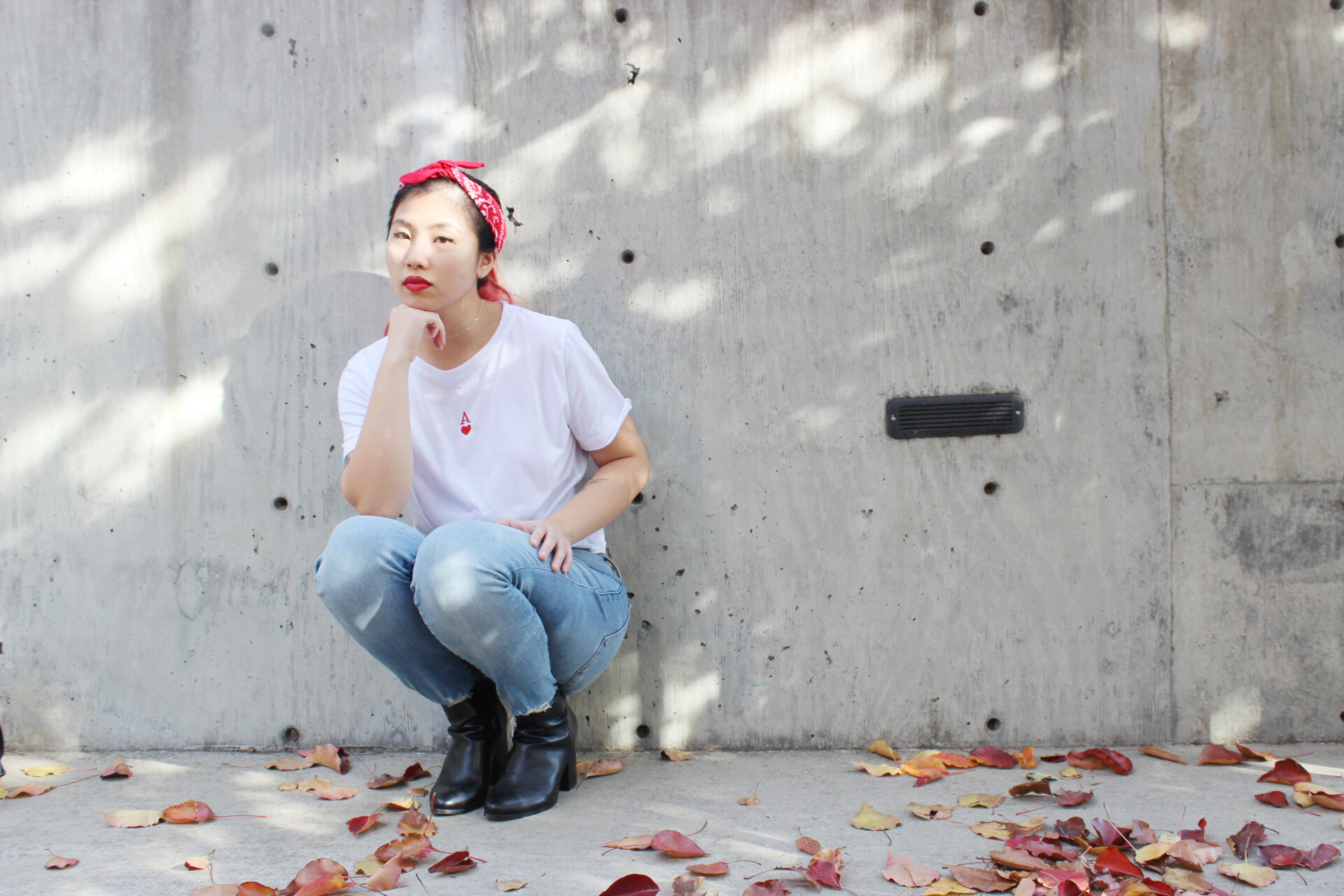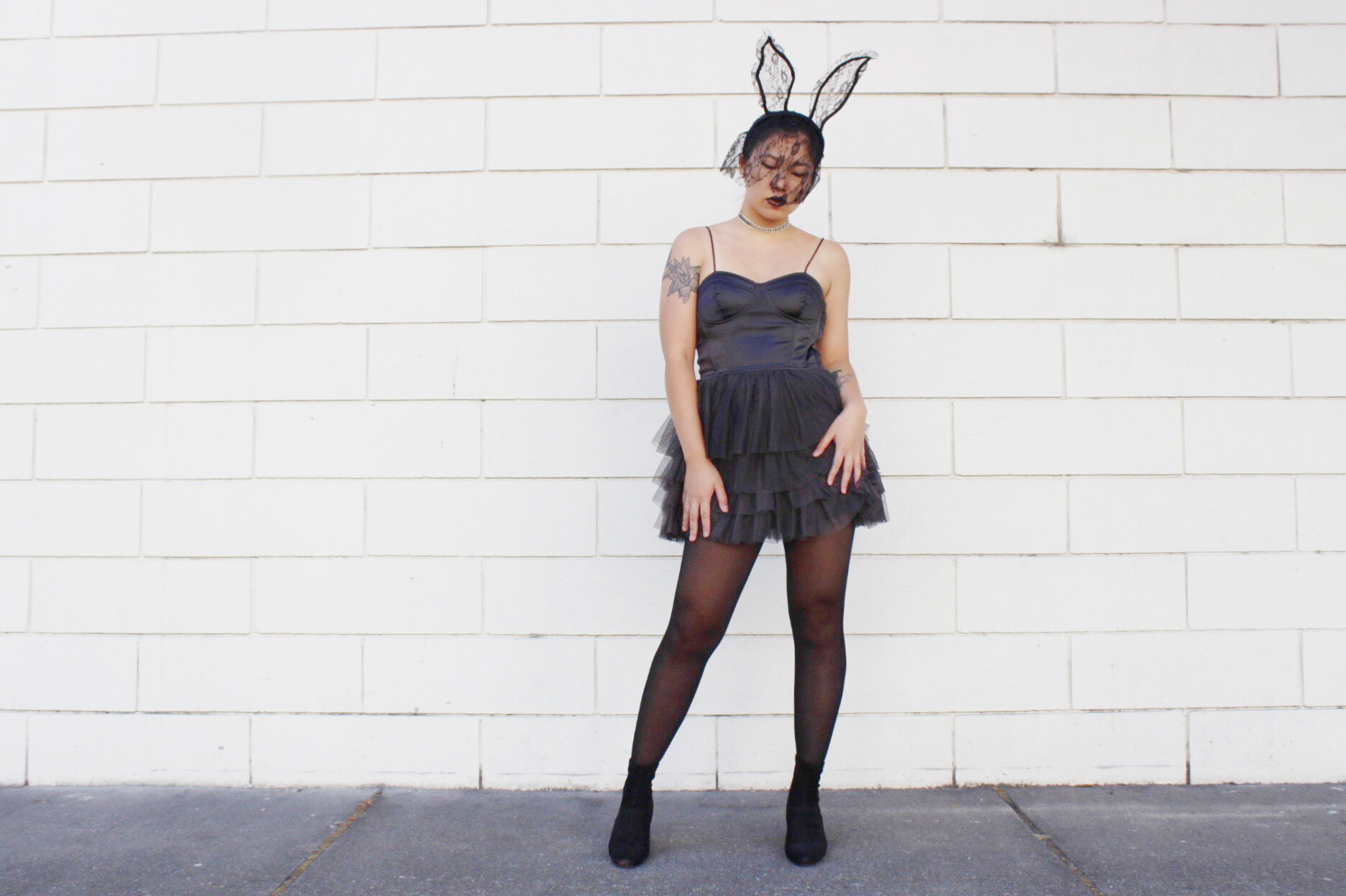When I was little, I was one big bookworm. My best friend and I would competitively read, during recess, to see who could finish more books in a shorter period of time. As I got older, I started reading less. Once I entered college, I would only read one book a year and, sometimes, none at all. I wanted to rekindle my passion for reading, so my goal this year was to read one book a month.
There are two valuable lessons that I learned this year. One was to decolonize my bookshelf, by trying to read more works from non-cis, non-straight and non-White authors. It’s important to expand your narratives and to not allow White to be the constant default. If you’re only reading books written by people who look and think like you, then that’s another problem. The second was to stop buying books from Amazon and Barnes & Noble, and to start supporting small bookshops, especially Black-owned ones, instead.
If you’re interested in reading any of the following books, try shopping from one of these sources.
The Wise Man’s Fear by Patrick Rothfuss
4/5
This is a fantasy book, which is notorious for being extremely long. This particular one is 994 pages, so if you don’t like long reads, then this isn’t for you. I personally love thick books, especially if they are a part of a series, since I get really invested in the characters and their own little world.
This book is like a warp between Harry Potter and Lord of the Rings and is the second part of the series. It’s about a boy who becomes an arcanist, which is basically a fancier word for magician. As a kid, he experienced a terrifying tragedy, so he attends a university to research and master more arcane skills to fulfill a personal quest.
Patrick Rothfuss’ first book, Name of the Wind, was a lot more captivating, so this one fell short in comparison. I couldn’t put the first one down, so if you’re into fantasy novels, then you have to read it. Rothfuss has also been in the process of writing the third book for nearly a decade now. This book came out in 2011, so my boyfriend and I have been waiting for him to wrap this shit up.
Becoming by Michelle Obama
5/5
Michelle Obama got really candid about her day-to-day life as First Lady. In this autobiography, she shared her life story, from her upbringing in the South Side of Chicago to living and working in the White House. She revealed the lack of privacy and freedom that she had, since they were always shadowed by Secret Service. Even a simple stroll to the corner store would be a major inconvenience, since it would require a lot of preparation and coordination. She also recounted the struggles of raising Sasha and Malia, while Barack Obama served as senator and president, and the racism that she experienced, as soon as the presidential campaign began.
Through all of the stress, exposure and scrutiny, she handled everything with such grace. The role of First Lady technically doesn't have any formal obligations, but she made the most out of her influential position. During her eight years in the White House, she launched multiple programs, including Let’s Move!, Let Girls Learn, Joining Forces and The School Lunch, to name a few. Her most impactful contributions were tackling childhood obesity in America and advocating for female education worldwide.
The Obamas are the ultimate power couple. Barack and Michelle’s love story is absolutely adorable, and I felt so giddy reading about how their relationship blossomed. This was a very uplifting read, so if you’re looking for a pick-me-up, then this is the book.
Know My Name by Chanel Miller
5/5
Chanel Miller is the resilient survivor from Stanford University’s horrific rape case. Most sexual assault survivors want to remain anonymous, but she was incredibly brave to come out and write a detailed story about her entire experience. She wanted to uplift women who have endured the same trauma. She also wanted to expose college’s failure to protect and support survivors and the criminal justice system’s inherent sexism and racism.
Miller had a unanimous jury, three credible witnesses and plenty of physical evidence in her defense, but Brock Turner still got away with only three months in jail. This is the epitome of White privilege, specifically White male privilege. Miller condemned the media for glorifying Turner as a Stanford swimmer and dismissing his past drug use, criminal activity and sexual harassment. In contrast, the most irrelevant dirt is dug up on Black people who commit misdemeanors, like stealing a damn candy bar. Miller recognized that Turner’s family presumably sheltered him physically and financially through all of his mistakes and failures. In their eyes, they didn’t seem to think that he did anything wrong. Instead, they had the audacity to look at Miller with disdain, as if she was the inconvenient burden that was destroying their lives. In his court statement, Turner’s dad flatly said, “This is a steep price to pay for twenty minutes of action out of his twenty plus years of life.” The Turners had absolutely no remorse.
As for Stanford’s role, Miller didn’t ask for much. She simply wanted them to add more street lights to the area where she was raped, and to provide other campus survivors easily accessible resources to cope with their trauma. Resolving these issues was a long, excruciating process. Stanford was uncompromising until the press pressured their asses by revealing their lack of accountability. Once they promptly responded to Miller, their cooperation was merely surface level and redemption driven.
Reading this book was an emotional roller coaster ride. It takes a really good writer to evoke such deep reactions. Miller made me laugh, curse and cry. Her book was ironically one of the few that had me laughing the most, and it’s all due to her witty and charismatic sense of humor. It was also mind blowing seeing her reference so many cities I’m familiar with. She grew up in Silicon Vally, but temporarily lived in Philadelphia. Her boyfriend studied at University of Pennsylvania, which neighbors Drexel University, where I graduated. From the Bay Area to Philadelphia, she kept mentioning all sorts of places that I’ve visited, like Saxby’s and Church of 8 Wheels. It made me wonder if I ever crossed paths with her.
Miller is one hell of a warrior for turning this traumatic incident into an empowering and enlightening purpose. I had trouble putting this book down, so I finished it within a week. Each chapter ended with a cliffhanger that kept me flipping through. My rare excuses for taking breaks were either peeing or sleeping. Her story is one that everyone should read. My only disclaimer is if you are a sexual assault survivor, this book may trigger you, since Miller included many graphic details. However, it may also be healing, since I read many comments from survivors, expressing how they felt seen and heard. If you don’t read her book, then please read or listen to the victim impact statement that she made in court. It was just as powerful and moving.
The Sun and Her Flowers by Rupi Kaur
4/5
This is Rupi Kaur’s second poetry book, following Milk and Honey. It’s full of short poems that are divided into five stages: wilting, falling, rooting, rising and blooming. This collection primarily focuses on immigration, and it had a lot of poems that I could relate to. There was one about her mom that made me cry my eyes out, since I feel the exact same way about mine. For anyone who is an immigrant, or who is the first generation of their family, this book will touch you.
Kaur was born in Punjab, India, and she and her family immigrated to Canada when she was four years old. She recounted all of the obstacles they faced, leaving their home country and adjusting to an entirely new culture. She also recognized and valued all of the sacrifices her parents made to ensure a more comfortable and promising future for her and her sister.
This was an uplifting short read, but it left me wanting more. It wasn’t as strong and thought-provoking as Milk and Honey. Milk and Honey had many poems that I had to re-read and break down to fully digest. I thought these poems lacked depth, in comparison. This book is still worth the read, regardless, and Kaur is definitely someone you should keep your eyes on. She is a badass feminist full of soul, wisdom and elegance.
The Autobiography of Malcom X as told to Alex Haley
4/5
I’ve always known that Malcom X was someone of importance and respect, but I never knew what he did to acclaim his recognition. Growing up, we were reminded of and “educated” on Martin Luther King Jr. every single year, but I don’t recall hearing or reading about Malcom X in school. I’m referring to preschool all the way up to college. Therefore, I decided to educate myself, and after reading this autobiography, I feel like MLK and Malcom X go hand in hand. Although they had extremely different styles of social activism, both were essential to fighting for Black rights. Malcom X was shaking up the North, while MLK was making waves in the South.
I can see that White people don’t want to teach about Malcom X because he was much more controversial, in comparison to MLK. He had a long criminal history, and after prison, he became a devout Muslim who preached that the White man was the devil. It’s no surprise that White people would prefer the peaceful minister over the radical ex-convict.
Malcom X was actually illiterate and inarticulate, until he was 20 years old. It wasn’t until he entered prison, that a fellow inmate, named John Elton Bembry, taught him how to read and write. Here, he discovered a new passion, and the prison library became his haven. He spent every waking moment reading, and there didn’t seem to be a subject that he wasn’t interested in. He was like a big balloon that absorbed all sorts of information, from Greek Mythology to Occidental and Oriental philosophies. He even combed through the entire dictionary, page by page, to expand his vocabulary. Malcom X initially relied on theft and drug dealing to make a living, which is what brought him into prison. This was a man who went from solely speaking street slang to eloquently leading mosques and rallies of thousands of people. He was a “non-educated” and imprisoned Black man, who went on to debate “educated” White men. He took a discouraging experience and turned it into a new profound path.
The press constantly twisted his words and painted him as a dangerous person. Yes, he spoke with fiery conviction out of anger, but for valid and understandable reasons. He never hurt a single being, and he never even swore. He was an incredibly influential activist, who had thousands of loyal followers, so White people felt threatened by that. Malcom X held just as many protests as MLK, so I’m astounded that I wasn’t aware of the huge impact he has made. He had a larger support from international leaders than from American ones. He believed that Black Americans and Africans should unite because without international recognition, the fight against oppression wouldn’t be as effective.
One of Malcom X’s strongest attributes was that he wasn’t afraid of change or admitting his past mistakes. He used to be ashamed of being Black, so he straightened his hair and dated a White woman to gain stature. Then he became anti-White and condemned all White people. Then he realized that not all White people were evil and that he needed to work with them, in order to resolve this race issue. His journey is the perfect example of how no one is perfect, and that everyone naturally evolves.
This autobiography was a little long, dry and dense, so it may be difficult for some people to finish. Malcom X also recounted raw memories of violent racism, so this is no light and casual story. He uncovered many events that our textbooks intentionally omit. His book provided a concise history lesson of all of the injustices that White societies has caused Black Americans, as well as people from foreign continents, like India, Africa and more. As long as my review may be, it barely summarizes 10% of Malcom X’s insights and values and what he has accomplished. White America has continuously tried to re-write and minimize his legacy, so this is a very valuable read.
The New Jim Crow by Michelle Alexander
4/5
This is a very dense book full of research and analysis on America’s racist prison, law enforcement and criminal justice systems. Many people are deceived by the myths that police are protecting us, prisons are locking up violent criminals and legal proceedings are upholding the principle of “innocent until proven guilty.” Michelle Alexander thoroughly exposed how the systems are primarily intended to oppress Black people. To put matters into perspective, she recounted that “hundreds of years ago, our nation put those considered less than human in shackles; less than one hundred years ago, we relegated them to other side of town; today we put them in cages.” She wanted to emphasize that nothing has changed, and that racial caste has merely been redesigned.
Alexander broke down how the Nixon, Reagan and Clinton administrations collectively built these monstrous systems over time. She identified that the Nixon administration used “law and order” to form “a new racial caste system without violating the law.” Just like Donald Trump, Richard Nixon’s campaign strategy was racialized fear mongering. He perpetuated the misleading stereotype that Black people are dangerous criminals. The Reagan administration later reinforced law and order, by declaring the War on Drugs. Reports found that there was no drug epidemic to be begin with. In contrary, drug use was actually declining in America. This was a fixed strategy for officials to continue exploiting Black people.
Ronald Reagan hired media outlets to circulate stories of Black people on crack cocaine. In doing so, he was able to gain strong public support on a slew of detrimental legislations. The Fourth Amendment was basically irrelevant throughout the War on Drugs. SWAT teams were encouraged to search people’s homes without any warning, reasonable suspicion or evidence of criminal activity. Law enforcement was also authorized to keep any cash and assets that they found, while raiding for drugs. Alexander revealed that as “long as the number of drug arrests [increased] or at least [remained] high, federal dollars [continued] to flow.” Revenue was the greatest incentive for the war.
As the war was taking place, the new legislations barely had any effect on White people. They were being stopped and searched disproportionately less. If they were convicted for the same crimes as Black people, their penalties and sentences were significantly lighter. Alexander shared how “studies show that people of all colors use and sell illegal drugs at remarkably similar rates.” This clearly indicates that the government isn’t concerned with reducing crime, at all. Its top priority is maintaining wealth and power, and the historically successful way to do that is by dividing and conquering, based on race.
Alexander firmly believes that the Clinton administration was responsible for the current racial undercaste. Bill Clinton tried so hard to win over Republican votes, that his campaigns were revolved around being “tough on crime.” His 1994 Crime Bill caused the prison population to peak above all other presidential records. Alexander stated that America “now has the highest rate of incarceration in the world.” Clinton’s bill included the three-strikes law, which sentenced those who commit two or more felonies to life in prison. Alexander stressed that “a lifetime sentence for a first-time drug offense is unheard of in the rest of the developed world.” The bill also made it legal to discriminate against criminals in almost every way possible. Alexander explained that “once you’re labeled a felon, the old forms of discrimination - employment discrimination, housing discrimination, denial of the right to vote, denial of educational opportunity, denial of food stamps and other public benefits, and exclusion from jury service - are suddenly legal.” These harsh restrictions made it nearly impossible for ex-convicts to get back on their feet. As a result, many Black people were left homeless.
This is a deadly loophole that keeps many Black people ostracized. Rather than allocating funds to prevention and rehabilitation programs, the government chooses to expand incarceration and law enforcement budgets. It doesn’t take a rocket scientist to realize that excluding ex-convicts, from all basic rights, will force them to revert back to crime. White politicians know exactly what they’re doing.
This book is packed with infuriating and heartbreaking information, but this is critical knowledge that everyone should have. My lengthy review hardly scratches its surface. If you can’t manage to read the book, then at least watch the documentary, 13th. It outlines all of Alexander’s insights, and she’s even interviewed throughout the movie.
Thick by Tressie McMillan Cottom
3/5
Tressie McMillan Cottom is a writer, sociologist and professor. In this book, she expressed her struggles living as a Black woman in America. She recollected her pivotal racist experiences, from attending school to working in the publication field.
Cottom recalled, “the first time a white woman teacher told [her] that [her] breasts were distracting was in the sixth grade. Over the years, white women with authority over [her] have told [her] how wrong or dangerous or deviant [her] body is.” Studies have indicated that society treats Black boys and girls, as adults, far sooner than kids of any other race. On top of that, most Black girls are either mocked or sexually harassed, for their curvy bodies.
Throughout her career, Cottom has often been forced to juggle multiple jobs, at once. Although writing is one of her greatest passions, she couldn’t afford to solely make a living off of it. She pointed out that “media platforms made more money from black women’s personal essays than any black woman [she knows] of ever made from publishing them.” While Cottom was writing articles for numerous companies, like The Atlantic and The Washington Post, she was also working as a community organizer and sociology professor. She stressed how difficult it is for Black women to get the pay and recognition that they deserve. Her dream is to witness a Black woman flourish in a single, full-time publication position. Rather than being confined within one category, she wants this woman to write whatever the hell she wants.
Her story that resonated with me the most, was her traumatizing birth experience. She was bleeding for three days, but the doctor insisted that it was constipation or food poisoning, since it was her butt, and not her back, that was in pain. When they finally gave her an ultrasound, they discovered that she had two tumors, and that she had been in labor for those three days. While Cottom was cursing in pain on the hospital bed, the nurse warned her to watch her language, while the anesthesiologist threatened to leave, if she didn’t shut up. Giving birth is regarded as the worst pain that anyone could experience, so her agony was a perfectly normal and valid reaction, especially in her special circumstance. Cottom’s baby sadly died after its first breath, and in response, the nurse ruthlessly said, “Just so you know, there was nothing we could have done, because you did not tell us you were in labor.” She redirected the blame, as if Cottom would have presumed, any of this, after the doctor had misdiagnosed her. Based on statistics, Cottom was actually considered “lucky.” Many Black women are discriminated against by health professionals and don’t get the urgent care that they need. The Centers for Disease Control and Prevention reported that “black women are 243 percent more likely to die from pregnancy-or childbirth-related causes than are white women.”
Cottom emphasized how social activists primarily focus on the criminalization and incarceration of Black men, while neglecting the adversities of Black women. To reiterate her concern, she quoted Malcom X.
“The most disrespected person in America is the black woman. The most unprotected person in America is the black woman. The most neglected person in America is the black woman.”
Cottom shared a lot of vulnerable and meaningful insights, but her deliverance made me feel confused and detached. Her writing was a little too dense for me, and I had difficulty understanding her analogies and sense of humor.
How to Be an Antiracist by Ibram X. Kendi
5/5
Out of all of the antiracist books I read, this was the best one. I really enjoyed Ibram Kendi’s wit and sarcasm, and his writing was thought provoking, yet digestible. Books on racism are typically complex, but this one read like a story. Kendi walked the audience through his life, from graduating high school to starting a family. Each chapter began with a memory that transitioned into a teachable moment. He had the perfect balance of personal experiences and antiracist lessons.
His fundamental point was that a racist person is “one who is supporting a racist policy through their action or inaction.” Many think that the opposite of “racist” is “not racist,” but non-Black and White passing Black people can benefit from racism from doing nothing, at all. For example, choosing not to engage in politics is a racist privilege. I for one, used to solely vote for the president and would never research local candidates or propositions because it was “too confusing.” I learned that I was being complicit, since I wasn’t actively voting against racist policies and politicians. These racist foundations weren’t negatively affecting me, so I allowed them to affect other people. So many Black people can’t vote, due to voter suppression, so I was ignorant for taking my privilege for granted.
Kendi also stressed that rather than calling out racist people, we should spend more time and energy on striking down racist policies. He warns that pointing fingers, in spite of political correctness, diverges our attention away from the root of the problem. Instead of bitching about Karen, we should focus on the system that enables her to put Black lives in danger by merely calling the police. Why do White women feel protected by the police, while Black people feel threatened by them? The regulation of police departments, or lack thereof, is the core issue that we should be trying to reform.
Most importantly, Kendi stands behind Intersectionality, which is the concept of how different social and political identities create multiple tiers of privilege and oppression. He recognized his privilege as a cisgendered male and emphasized how Black transgender women are the ones who face the most discrimination. He truly believes that all Black lives matter and that you can’t be antiracist if you are homophobic, transphobic, etc.
These are just a few of Kendi’s many profound arguments. From the very first chapter, he challenged my thoughts by either introducing me to new ideas, or changing my perspective on certain matters. This is a non-negotiable required read.
The Seven Husbands of Evelyn Hugo by Taylor Jenkins Reid
5/5
This is a fiction about a classic Hollywood movie star, named Evelyn Hugo. She is a very complex character that Taylor Jenkins Reid based off of glamorous bombshells, like Marilyn Monroe and Elizabeth Taylor. Evelyn is cunning and manipulative, but Reid narrated her in a way that still makes you mesmerized by her. Her sassy and sarcastic remarks made me laugh and smile throughout the entire book.
As fame and money driven as this plot may be, it still touched upon many important issues, like sexism, ageism, racism and all of the other “isms” that you can think of. Evelyn is a Cuban brunette, but she dyed her hair blond and changed her last name to Hugo, knowing that this was Hollywood’s ideal lead. Marilyn Monroe, who was naturally a redhead named, Norma Jeane Mortenson, did the exact same thing. Although Hollywood has become more inclusive, White people continue to dominate the industry, so there are still a lot of barriers to break down.
Beyond typecasting, the book also depicted how the press notoriously tears down women. Each chapter began with a newspaper or magazine clipping that gossiped about Evelyn’s work or personal life. In one online thread, someone commented, “This is a woman who has donated MILLIONS OF DOLLARS to charities for battered women’s organizations and LGBTQ+ interests, and now she’s auctioning off gowns for cancer research and all you can talk about is her eyebrow game? Seriously?” This is exactly how real life press has been targeting female figures for decades. From Audrey Hepburn to Angelina Jolie, no matter how much charity they have done, or what prestigious awards they have achieved, their physical appearance overshadows their milestones.
Another significant topic, in the book, was sexuality, and what it was like to be closeted in the 1960s. People were ostracized, convicted and sent to mental institutions for coming out. Many were murdered for being queer, and these cases weren't taken seriously, at all. If anything, the police would take part in the crime, or help cover it up. Evelyn raised a valuable point when she acknowledged that she was taught to like men. Many people never explore to identify whether they are gay, straight, bisexual, etc. In most cases, they are brainwashed that straight is the “norm,” and so they just run with it.
This was an incredibly suspenseful book that I was excited to pick up at the end of each day. Reid kept dropping one juicy, twisted secret after the other, so it made me want to keep turning the pages. The story had ongoing plot twists that really shock you, especially at the end. Reid also has quite a broad vocabulary, so she introduced me to many new words. I was constantly looking up and jotting down definitions. Overall, I learned a total of 23 words, including egregious, lascivious and extemporaneous. This was a very fashion forward and female empowering read, and it was, hands down, the most entertaining one of them all.
Home Body by Rupi Kaur
3/5
Out of all of Rupi Kaur’s books, this one felt like her most vulnerable one. She relieves a lot of raw emotions and recounts many graphic traumatic experiences, like rape and grooming. She opens up about her depression and how fame and success has affected her. As evident in all of her work, she continues to be a driving force of intersectional female empowerment, mentally, sexually and emotionally.
This was her shortest book yet, but she included a lot more lengthy poems that were several paragraphs long. As always, she parts her poems into different phases, and these were titled “mind,” “heart,” “rest” and “awake.” I couldn’t grasp the overall theme from each one, since they all seemed to muddle together. The framework and cohesion of both, Milk and Honey and The Sun and Her Flowers, were much stronger. Kaur was expressing such painful emotions, yet the writing was very flat. This book didn’t make me think and feel as much as the last two did.
Uncomfortable Conversations with a Black Man by Emmanuel Acho
3/5
I think this is a good book for someone who is just starting to learn about race and racism. Emmanuel Acho covered a lot of information, like White privilege and allyship, that other Black authors have written about in much greater depth. The word, “conversations,” is in the title, so I think his intent was to make the book read like a casual conversation. I personally didn’t like this loose style of writing, and many of his analogies seemed really corny to me. This is a short and straightforward read, but is still quite resourceful.
At the end, he provided a long list of books, movies, organizations and all other sorts of Black work to support. I find this so important because becoming an ally can seem overwhelming, and many people may not know where to start. Some may never start, at all, for this very reason. That’s a lame excuse in my opinion, but I think it’s most effective to not only educate people on racism, but to also follow up with call-to-acton resources to help guide them. To non-Black people, don’t just share things out of anger and sorrow. Be like Acho and actually highlight actions that people can do in reaction to that frustration, like donating money or signing petitions.
Although I didn’t get much out of this book, I highly recommend subscribing to Acho’s YouTube channel. I think he’s much more infectious on camera, and his videos pose a lot of critical questions regarding race. It’s a really solid baseline for the difficult, yet mindful conversations we should be having with the people in our lives.
Life-Changing Foods by Anthony William
2/5
Take everything Anthony William says with a grain of salt. He doesn’t do any research, he isn’t professionally trained and he doesn’t have a doctorate. He is a self-proclaimed medical medium, who is supposedly guided by a higher power he calls, “Spirit.” When he was four years old, he heard a voice warning him that his grandma had lung cancer, before anyone else was aware. After she got tested, the doctor confirmed the diagnosis. Since then, he has allegedly been able to detect people’s illnesses, along with which foods can cure them. According to William, Spirit gives him verbal body scans, detailing everything, from people’s blood clots to tumors.
His book is entirely comprised of food “facts,” but has absolutely no sources. Just as Spirit informs William of people’s health, it apparently fed him all of the knowledge in this book, as well. He alphabetically listed 50 healthy foods, from apples to wild blueberries. He divided them into four categories he calls, “The Holy Four” (fruits, vegetables, herbs and spices, and wild foods). He recorded all of the conditions and symptoms that they help counteract, followed by a nutritious recipe for each one. A lot of his drinks, snacks and meals were actually simple and tasty looking, so I do want to give them a try. Aside from his enticing recipes, many of his wild claims sound like a big stretch. Here are three that me laugh.
+ If you grow your food, your plants will know exactly what you need and how to cater to you. For example, if you have cancer, your plants will be able to sense it and know what nutrients to feed you, in order to fight it. William believes that there are miracles in planting and maintaining your own food.
+ Birth control is a cause in women’s low infertility rates, since it trains their bodies not to conceive. Therefore, when they do decide to have a baby, their chances of getting pregnant are less likely.
+ Men should refrain from ejaculation that isn’t meant for procreation because it will lower their sperm productivity. Frequent ejaculations will make sperm more “docile, listless, and undernourished, both from being overused and because zinc reserves are lost with each emission.”
I clearly didn’t do my research before buying this book. I had no familiarity about the author and his backstory. I just saw Jenn Im post his book in her recommended reading and found it valuable how he breaks down the benefits of each fruit and vegetable. While reading the conditions and symptoms that each food prevents, I saw certain ones repeated within the same paragraph on multiple occasions. It was as if no one proofread the damn book. I also didn’t like how William ended the book on such a religious note. He preached that there are angels helping us cultivate nutritional foods, and that we can call upon them to help disarm the chemically treated ones. When it comes to nutrition and health studies, I look to science, not faith. Despite all of this, William still has a peculiarly large cult following, including celebrities, like Miranda Kerr, Gwyneth Paltrow and the Kardashians.
Please do yourself a favor, and don’t waste your time on his antics.
The Gay Agenda by Ashley Molesso and Chess Needham
5/5
Ashley Molesso and Chess Needham are a queer and trans power couple that are known for their bold and eccentric stationary company, Ash + Chess. They recently released this book in 2020, and it’s a required read, full of vital information that should be taught in every school. It chronologically covered historical events and figures throughout the LGBTQ+ movement, from 600 BCE to present. Unlike our school textbooks, it didn't Whitewash history. Instead, it paid homage to people from all ethnic backgrounds, who helped pave the way for the LGBTQ+ community. Molesso and Needham also provided a helpful “Queer Dictionary,” at the end, that listed common queer terminologies, along with all of the different gender identities.
90% of the content in this book was unfortunately new to me. Gender and sexuality are complex topics that aren’t as simple as, male vs. female and gay vs. straight. Queer people make up such a big portion of our society, so history and sex education courses should be more inclusive. People shouldn’t have to go out of their way, or wait until college to obtain this knowledge.
This was a very unique textbook that wasn’t just made up of large chunks of text. Each passage was followed by Molesso and Needham’s whimsical illustrations. The only concern I have is that the font was small, quirky and colorful, so this may be extremely challenging for someone with ADHD or dyslexia to read.
